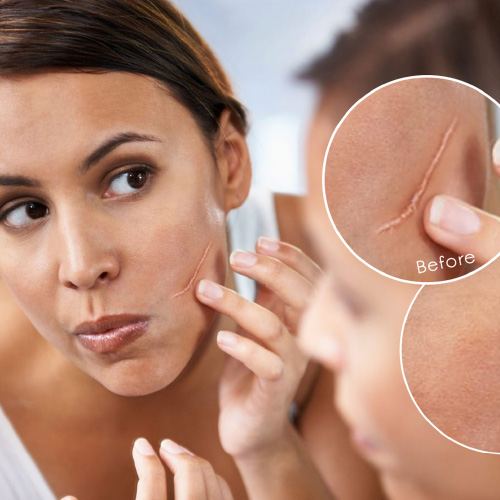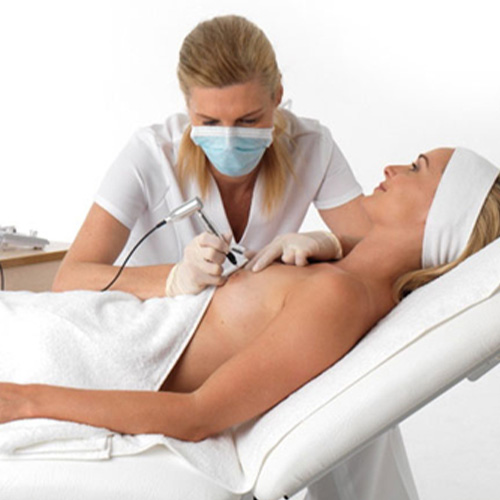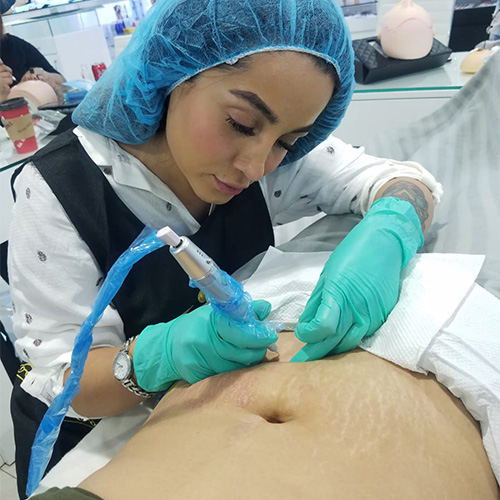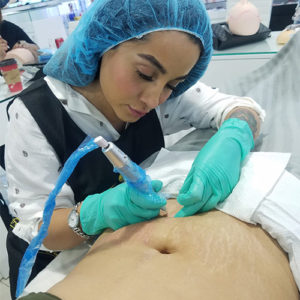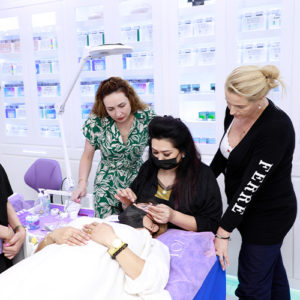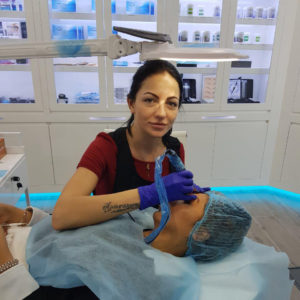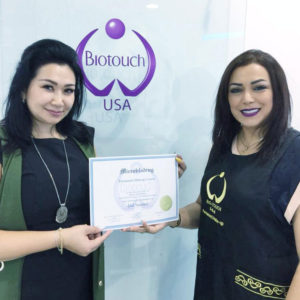
PARAMEDICAL TATTOOING COURSE will learn about Stretch marks , Scar pigmentation , Scalp micro-pigmentation , Stretch Mark, Skin imperfections , Vitiligo , Alopecia, Areola techniques. At the completion of this course students will be able to work with doctors and surgeons to cosmetically enhance the desired look of a patient’s skin after recovery.
PARAMEDICAL TATTOOING COURSE course will give the opportunity at a career working alongside doctors, surgeons, and medical professionals. You must have proof of prior Advanced Micro-Pigmentation knowledge to enroll.
PMU artists can learn new skills and improve their business with tattoo training. Camouflage for skin, 3D areolas, Magnum Needles, and More
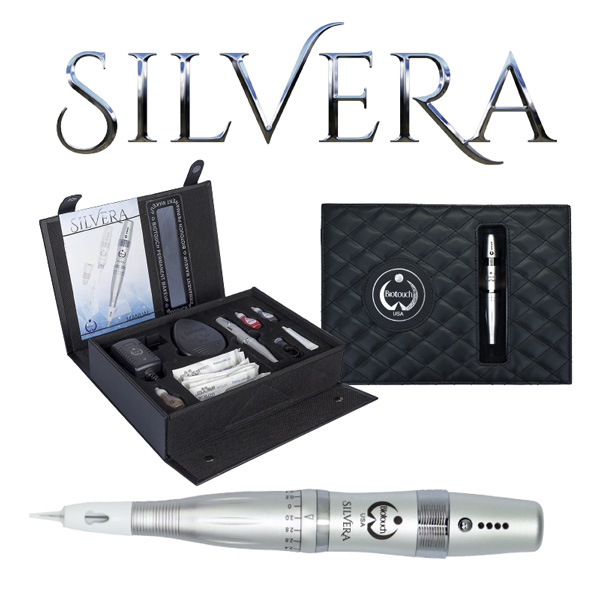
Silvera Machine Complete Kit:
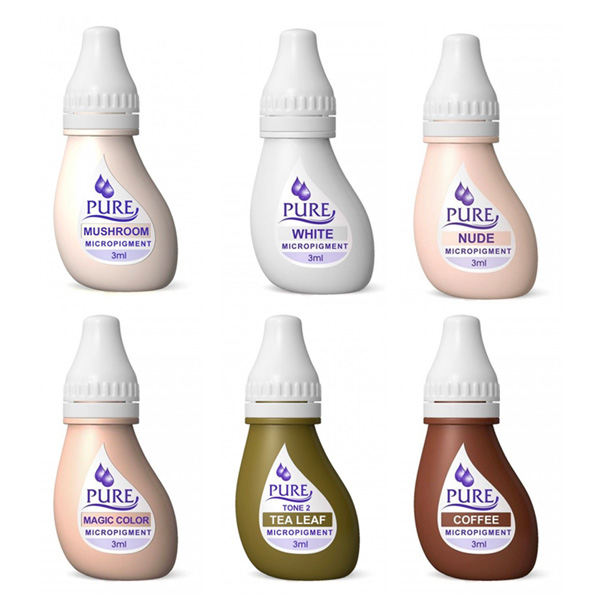
Color Correction Kit Included
- Introduction to Corrective Pigment Camouflage
- Patient / Client Information
- Camouflaging Procedure Hints
- Practice on the Mannequin Head
- Post-Procedure Care
- Areola Nipple Repigmentation & Restoration
- Scalp Micro-Pigmentation (Tricopigmentation)
- Homework practice on skin materials
- Review on Day 1 & Day 2
- Supplemental Information
Our Students
We offer KHDA & international certified Paramedical Tattoo Course includes free tool kit.
A Paramedical tattoo course is a tattoo used to treat a condition, communicate information, or mark a body location.
What is Paramedical Tattoo Course
Paramedical tattoo, also known as Medical Tattooing, and Medical Micropigmentation can be applied in many ways. Skin Camouflage helps improve the appearance of persons with skin diseases such as Vitiligo or post-inflammatory hypopigmentation from skin trauma.
Scar Camouflage helps reduce the appearance of scars from accidents, burns, surgery, or the repair of congenital disorders such as Cleft Palate. Hair Simulation helps restore the appearance of missing hair lost to disease (Cancer or Alopecia), trauma, or natural thinning within an eyebrow, mustache, or scalp. That technique can also be used to simulate hair stubble. Reconstructive camouflage helps post-mastectomy patients by creating a nipple and areola on the newly reconstructed breast. The appearance of areola incision scars from breast surgeries for augmentation, reduction, and breast lift can also be masked.
Paramedical Tattooing Course
as a result of accidents, illness or birth defects, the self-image can be damaged. Many men and women rely on micropigmentation to regain or improve their self-confidence.
Paramedical cosmetic tattooing can be beneficial to redefine the cleft-lip, to camouflage hair transplant scars, breast reduction scars, or to correct nature little mistakes.
This is a highly specialized and advanced area of permanent cosmetics that focuses on people with medically-related conditions. Examples include surgical scars (e.g. breast reconstruction, hair transplant), trauma scars (e.g. accidents or burns), or unnatural skin conditions (e.g. Vitiligo, Alopecia).
The techniques restore color and symmetry to an affected area(s). The results can help a person look better and improve his or her self esteem. This process is also called Medical Tattooing, Paramedical Tattooing, Corrective Tattooing, Reconstructive Tattooing, or Restorative Tattooing.
Skin or scar camouflage is tattooing of the skin with different colors of flesh tone pigments. Its purpose is to disguise a scar or skin area that is missing pigment or color. It is a specialized area of Permanent Cosmetics that falls under the category of Medical or Paramedical Tattooing.
This process is also called Corrective Pigment Camouflage (CPC), Corrective Camouflage, Skin Repigmentation, Scar Camouflage, Skin Camouflage, Camouflage Tattooing, and Skin Color Tattooing. The specialist performing these procedures must understand the science behind pigments and the physiology of human skin and tissue. These procedures require advanced knowledge, training, skills, and experience in Permanent Cosmetics as well as an artistic eye for color and skin tones.

